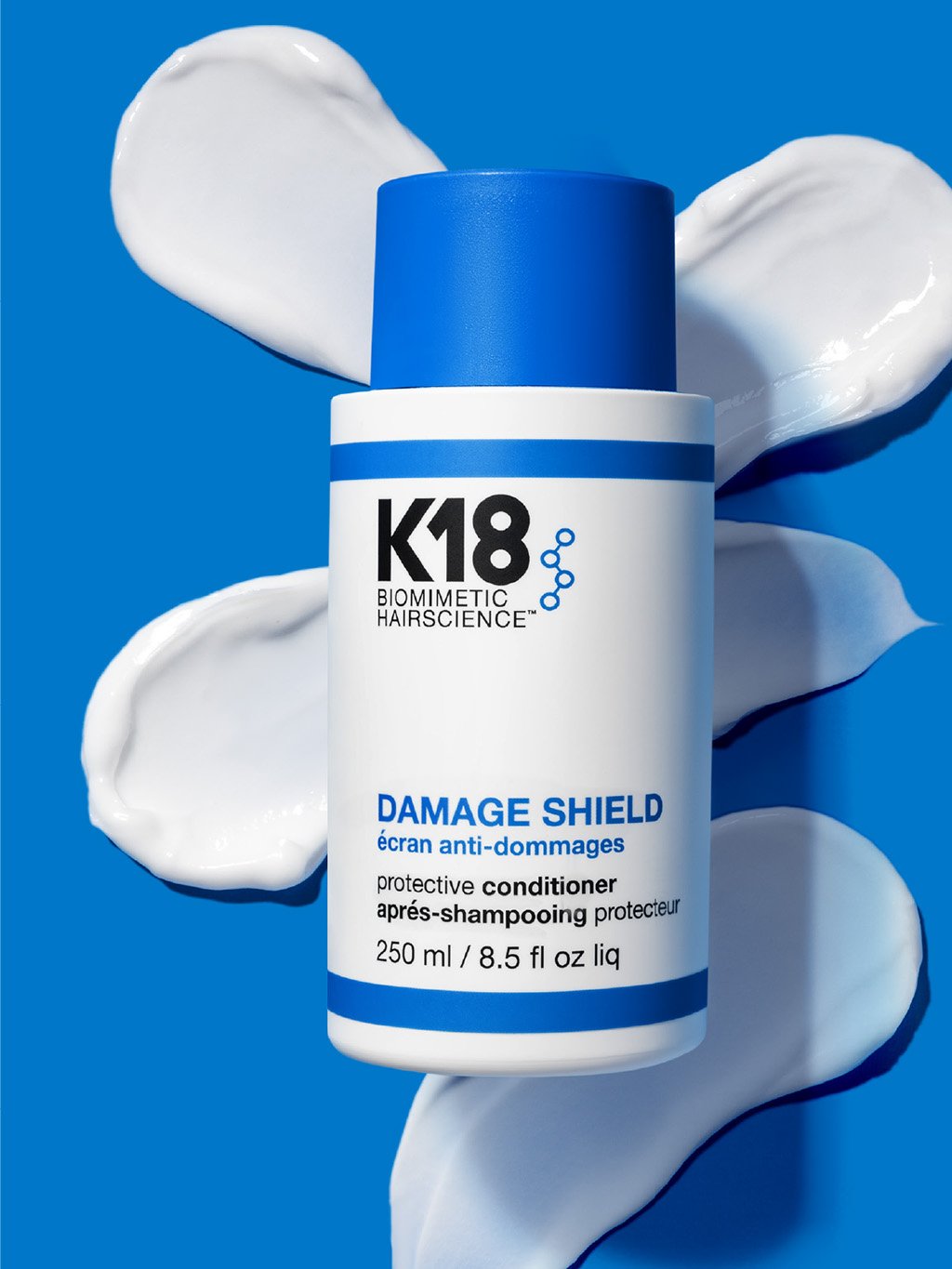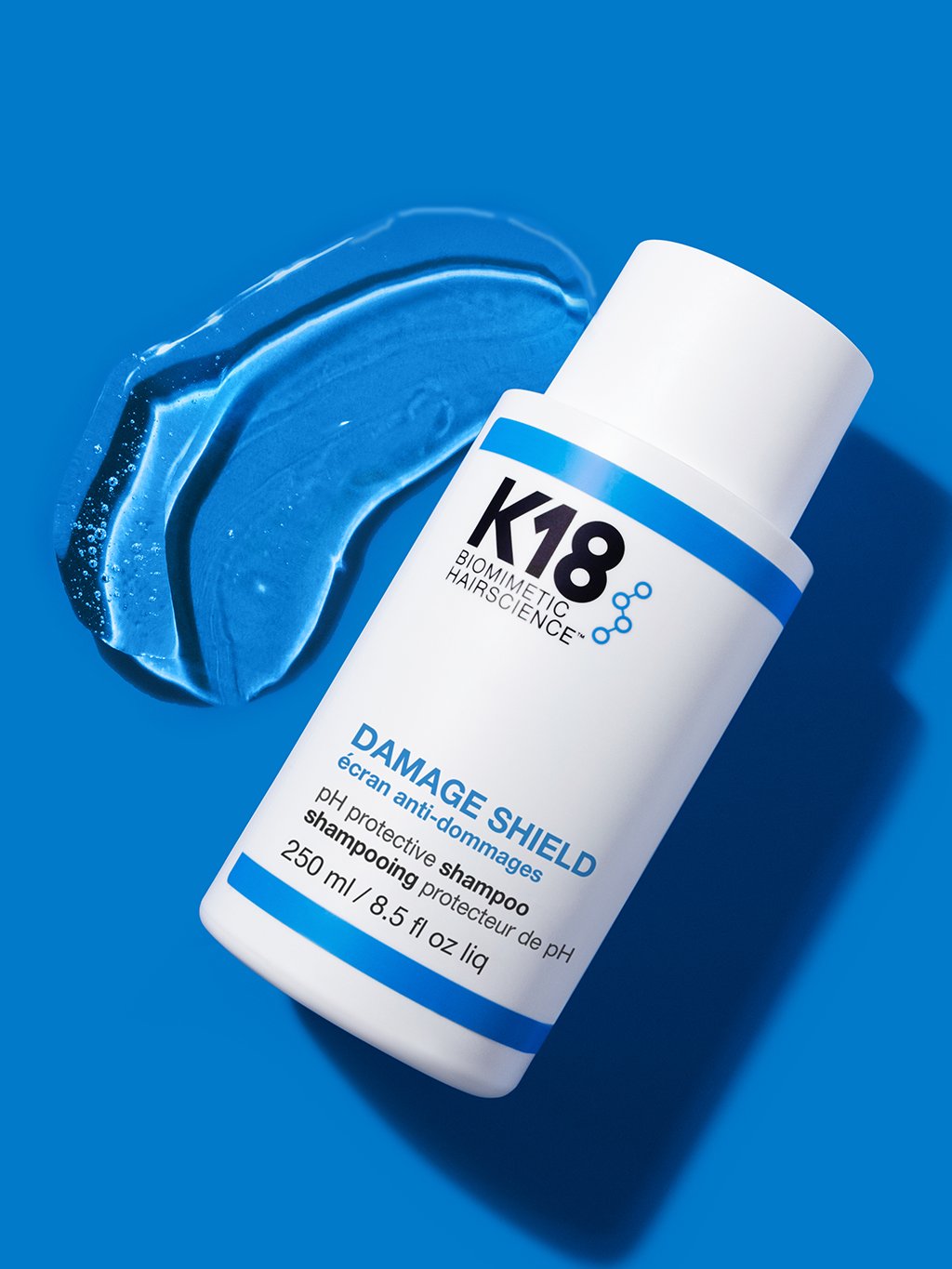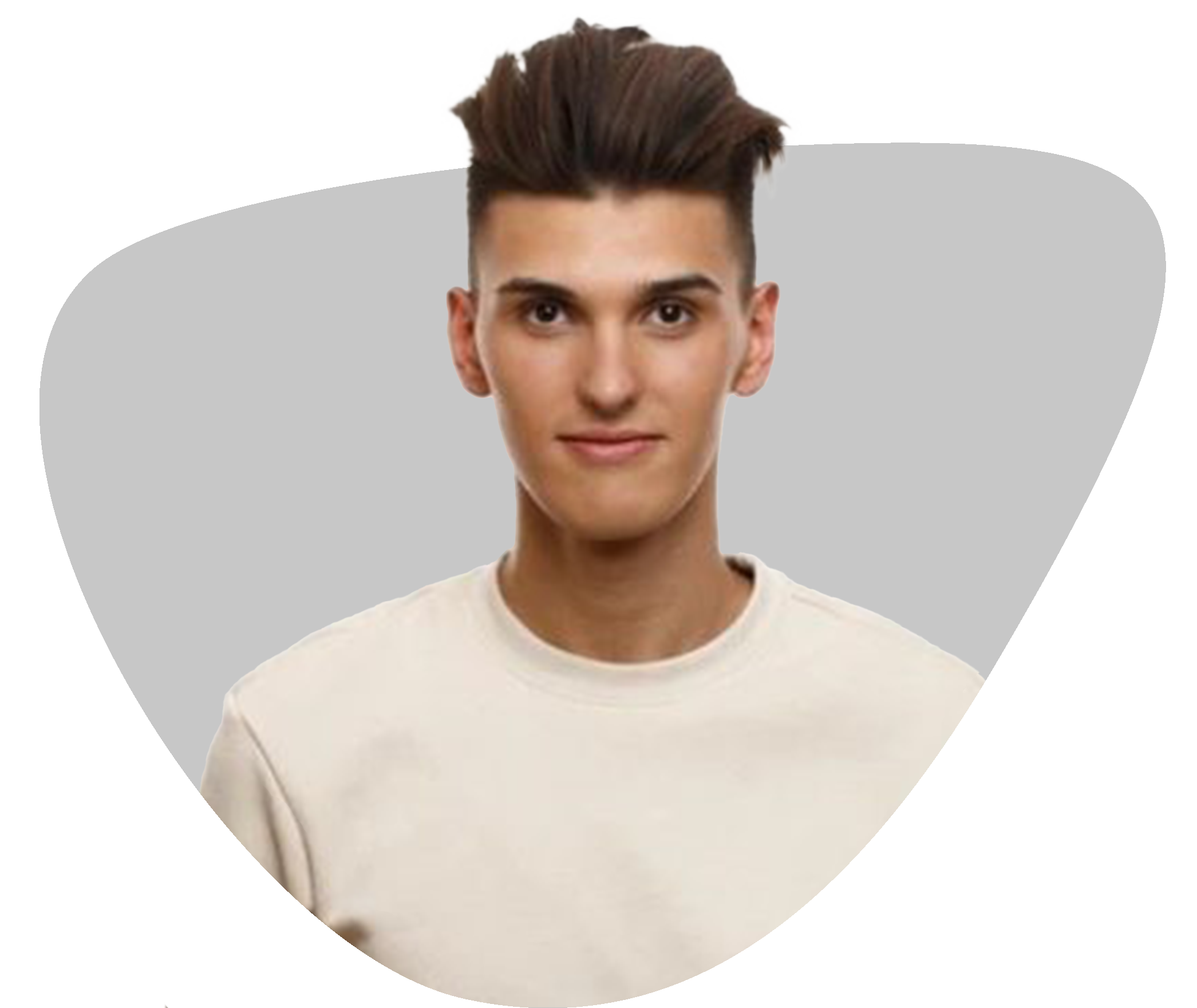A video about hair anatomy and structure with hairstylist and educator Filip Štancl.
The Secret to Healthy Hair
We all want healthy, shiny hair. That’s why we use quality shampoos, conditioners, balms, and other hair-care products almost daily. But how do you know if a hair strand is healthy or damaged? And where do active ingredients from treatments work? That’s why it's useful to know the basic anatomy and structure of hair. It won't be boring, and you'll be better equipped to improve your hair's condition. Let’s dive in!
Healthy hair isn’t just about expensive cosmetics—it’s about understanding its structure. Discover how to spot damaged hair, where care ingredients act, and why knowing hair anatomy pays off.
Do You Know Your Hair Inside Out?
First, let’s focus on what you can’t see with the naked eye—your hair's structure. It consists of three main parts:
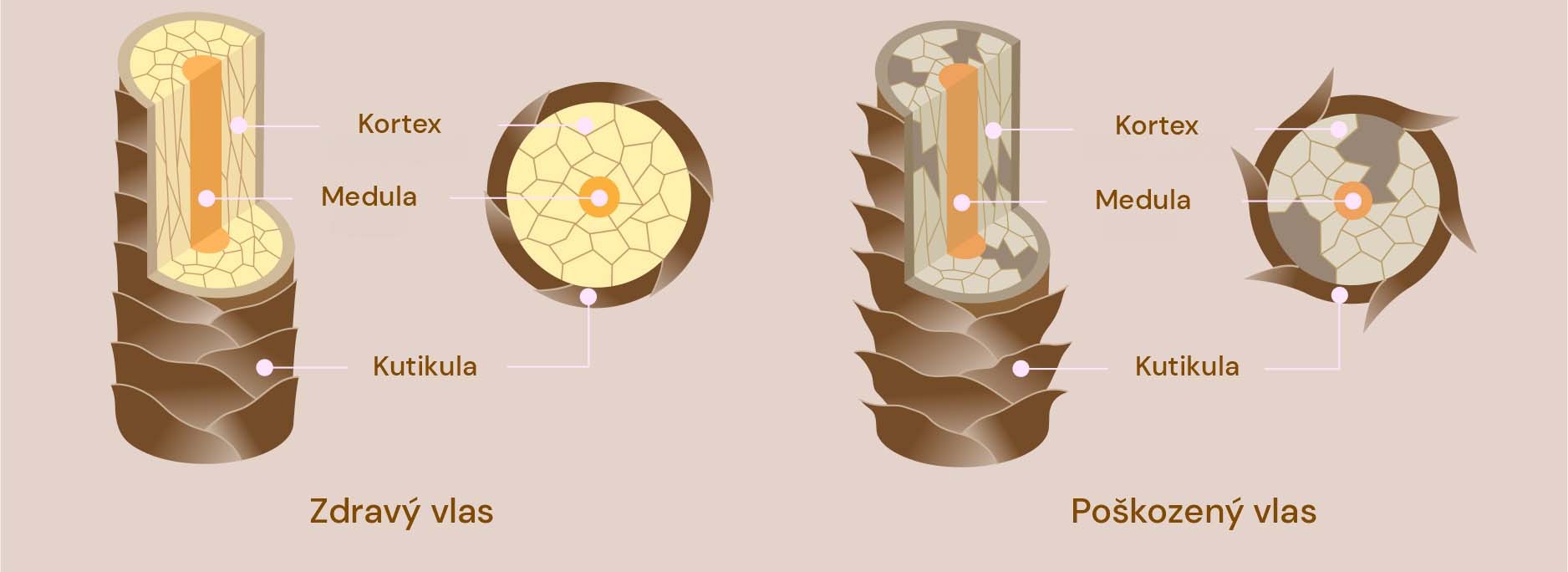
Cuticle
The cuticle is the outermost layer of the hair, its protective shell. It's made of flat, dead cells that resemble scales. This part helps retain active ingredients in hair and gives shine. Simply put, if your hair reflects light beautifully, the cuticle is in good shape. If not, you may notice breakage or difficulty detangling.
Cortex
Beneath the cuticle is the cortex, the fibrous layer that makes up most of the hair shaft. It determines flexibility and strength. Active ingredients can penetrate it, and it houses your hair color—whether natural or salon-treated.
Medulla
The medulla, or core, contains about 3.6 % lipids and provides nourishment. It's found only near the roots and may be absent in some hair types. That’s why external nourishment is critical.
How to Spot Damage
When is a hair strand “all good,” and when is it crying for help? A quick glance under a microscope can tell. Healthy hair has a smooth cuticle with scales that protect against external damage. If damaged, the cuticle fails to protect, and the cortex may be affected too. Without a microscope, signs include brittleness, dullness, breakage, and split ends.
Don’t Let Your Hair Suffer
Notice signs of damage? Think about what your hair goes through—that’s often the culprit. Most common causes include:
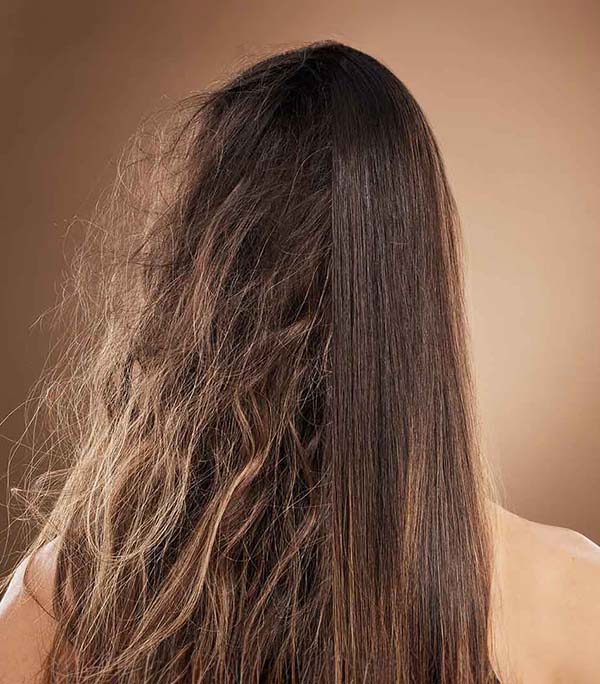
Heat Styling
Blow-drying, straightening, or curling at high temperatures dries hair out. Lack of hydration causes loss of elasticity and split ends.
Chemical Treatments
Coloring, bleaching, perms – in a quality salon a professional controls damage. Avoid doing these at home.
Environmental Factors
Sun exposure, salt or chlorinated water can damage hair. Use UV protection and rinse hair well after swimming.
Everyday Hair Protection Tips
- Turn down the water temperature when washing—hot can dry out hair, lukewarm is kinder.
- Always use conditioner after shampooing. Here’s why:
- When heat styling, lower the temperature and never skip heat protection—try #MyHero Collagen Shield Spray from #MyDentity.
- Hair can also be damaged mechanically—use brushes or combs with soft bristles or wide teeth (e.g., Balmain Hair Detangling Spa Brush), and comb slowly from ends to roots.
- Avoid rubbing hair vigorously with a towel or wearing tight updos frequently.
Our expert reveals the most important details about hair structure in the video—don’t forget to watch it and take another step toward healthier hair!

